Fossils are the preserved remains or traces of animals, plants, and other organisms from the remote past. Almost all living organisms can leave fossils, but usually only the hard parts of plants and animals fossilize. Soft internal organs, muscle, and skin rapidly decay and are rarely preserved, but the bones and shells of animals are good candidates for fossilization.
Fossils can be formed by any of the following ways: unaltered preservation (like insects or plant parts trapped in amber, a hardened form of tree sap), permineralization or petrification (in which rock-like minerals seep in slowly and replace the original organic tissues with silica, calcite or pyrite, forming a rock-like fossil – can preserve hard and soft parts – most bone and wood fossils are permineralized), replacement (An organism’s hard parts dissolve and are replaced by other minerals, like calcite, silica, pyrite, or iron). carbonization or coalification (in which only the carbon remains in the specimen – other elements, like hydrogen, oxygen, and nitrogen are removed), recrystalization (hard parts either revert to more stable minerals or small crystals turn into larger crystals) authigenic preservation (molds and casts of organisms that have been destroyed or dissolved).
My first trip to fossil group of the Georgia Mineral Society was very rewarding. It was just fun to learn to identify the organisms living millions of years ago by matching the specimen with the pictures on the index. Sometime, it needs to a little imagination to visualize the organism from different angles or complete fossil from pieces. Aside from the knowledge gaining from the hobbyists, I brought home a box of plant, several crinoids fragments and some shell fossils as gift as start-up collection. Here are some of them:

Fern Fossil

Plant Leave Fossil

Another Picture of Plant Leaf Fossil

Crinoid

Fossils of Some Sea Shells
Fossils under stereo microscope:

Fossil Leaf under Microscope

Another Picture of Fossil Leaf under Microscope

Crinoid

Mollusks Fossil

Mollusk
Some of the pictures show very strong light reflection. The extra shin is caused by the acrylic paint applied to the surface to protect the specimen.
Most of these fossils can be identified without a microscope but a low power microscope can come in handy when I need to look at details. Many times the fossil records do not contain complete organism. A little bit more details can reveal some key traits for correct identification.
Read Full Post »
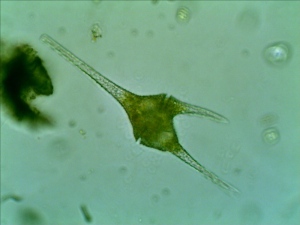
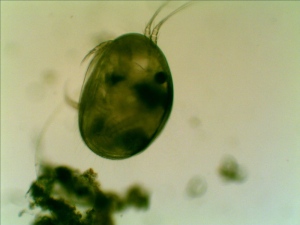
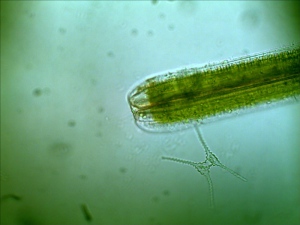
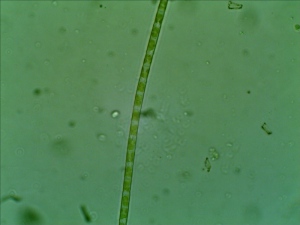
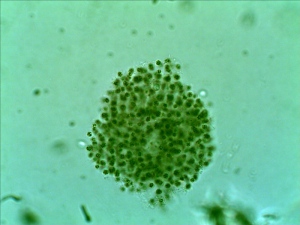
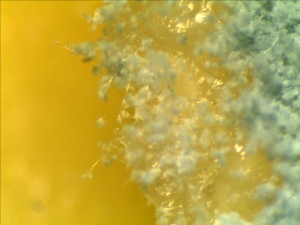
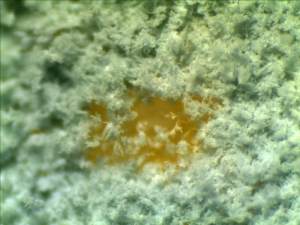
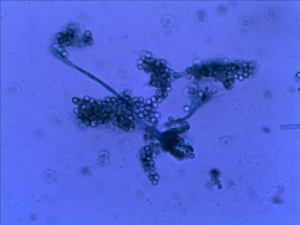

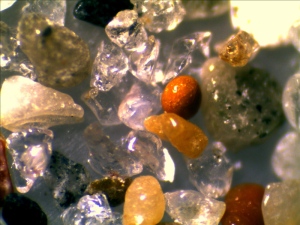





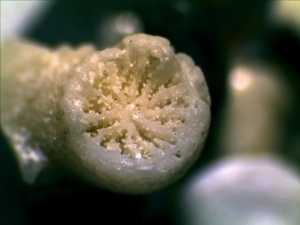
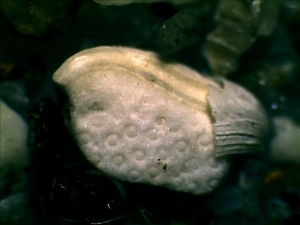












 Free Living FreshWater Protozoa by DJ Patterson
Free Living FreshWater Protozoa by DJ Patterson How to Know the Protozoa
How to Know the Protozoa Ecology and Classification of North American Freshwater Invertebrates by Thorp and Covich
Ecology and Classification of North American Freshwater Invertebrates by Thorp and Covich